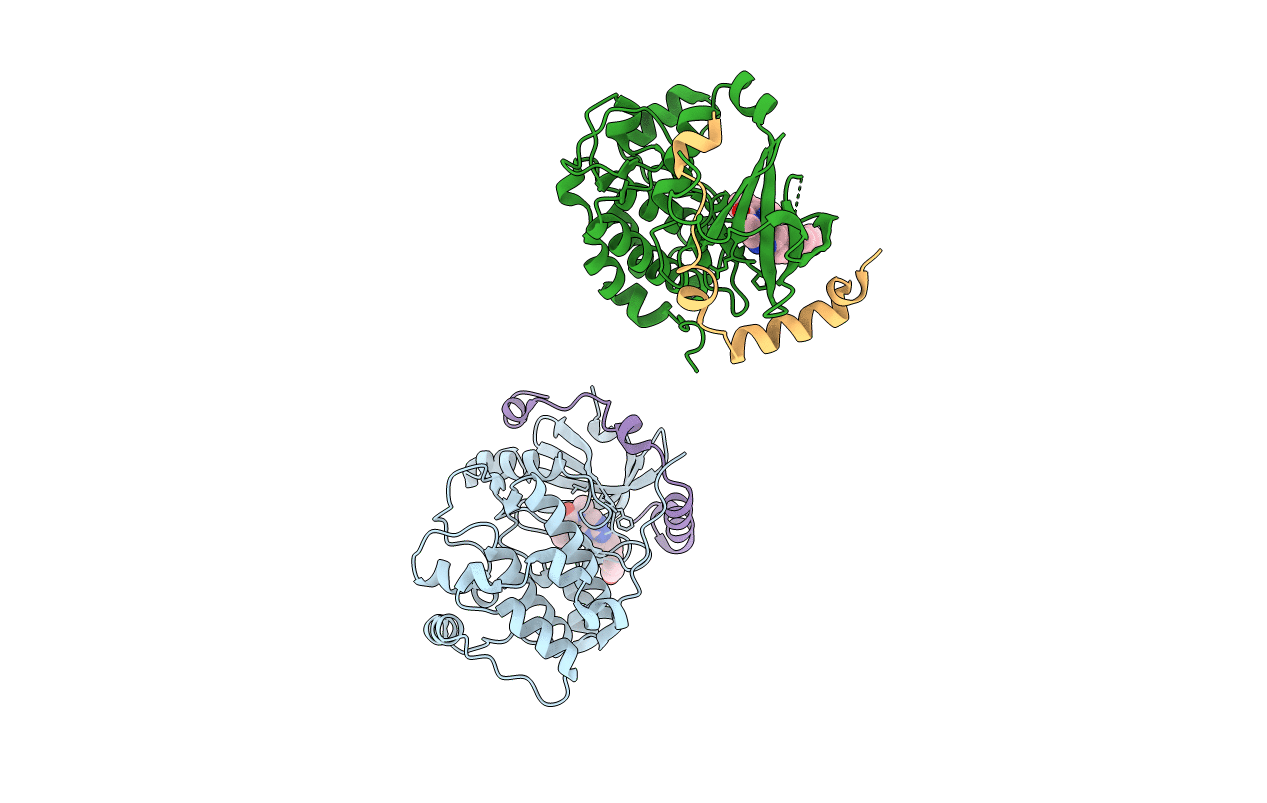
Deposition Date
2011-07-12
Release Date
2012-02-01
Last Version Date
2024-11-13
Entry Detail
PDB ID:
3ZTX
Keywords:
Title:
Aurora kinase selective inhibitors identified using a Taxol-induced checkpoint sensitivity screen.
Biological Source:
Source Organism:
XENOPUS LAEVIS (Taxon ID: 8355)
Host Organism:
Method Details:
Experimental Method:
Resolution:
1.95 Å
R-Value Free:
0.22
R-Value Work:
0.18
R-Value Observed:
0.18
Space Group:
P 1 21 1


